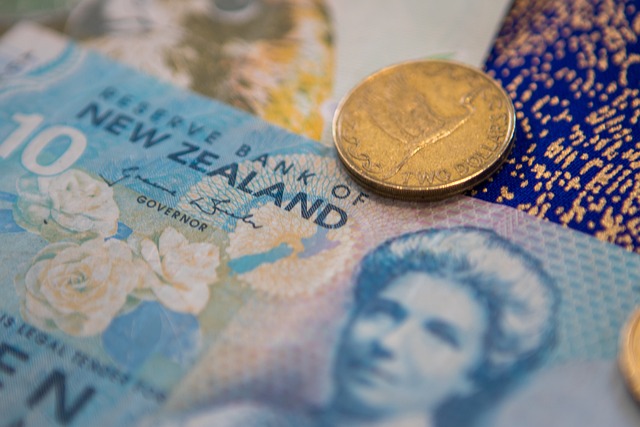This Content Is Only For Subscribers
In an effort to balance the economic contributions of international tourists with the costs incurred by local communities, the New Zealand Government, through the Ministry of Business, Innovation and Employment, is opening consultations on potential changes to the International Visitor Conservation and Tourism Levy.
The current levy, fixed at $35 since its inception in 2019, may see an increase following this period of public commentary.
The IVL was originally established to create a more sustainable tourism model where the financial burdens of tourism and conservation efforts would not fall solely on New Zealand taxpayers and residents. With international visitor numbers rebounding post-pandemic, the government is reconsidering the levy amount to ensure it adequately covers the expenses generated by tourists, particularly in areas like infrastructure and natural conservation.
At the heart of the consultation, MBIE is presenting four potential adjustments to the IVL:
Maintain the levy at the current rate of $35.
Increase the levy to $50.
Increase the levy to $70.
Raise the levy to $100.
These proposed changes aim to align the levy more closely with the actual costs imposed by tourism, which were estimated at around $250 million annually in 2019, far outstripping the $80 million generated by the IVL at that time.
In addition to reassessing the levy amount, the consultation seeks feedback on how the collected funds should be utilized. The government is exploring options to:
Mitigate the impact of visitors on mixed-use tourism infrastructure and public conservation lands.
Support investments in ‘club goods’ which benefit the tourism and conservation sectors but are challenging for individual enterprises to fund independently.
Cover costs associated with international tourism marketing through Tourism New Zealand.
Enhance Crown investments in tourism and conservation projects.
Broaden the funding scope to include other tourism-related initiatives.
The consultation document, available in a detailed 24-page PDF and viewable here, provides the public and stakeholders an opportunity to voice their opinions on both the levy amount and the strategic deployment of its revenues. Feedback from this process will be crucial in determining the future financial strategy for managing the costs and benefits of international tourism in New Zealand.
MBIE will also hold two public webinars on the proposed changes to IVL, May 21 and 23. The public can register for May 21 and May 23.
Further information sessions for industry will also be available for tourism and conservation organisations: 1-2pm on Monday, May 20, and airlines and airport representatives 9-10am on Tuesday, May 21.
Submissions for the feedback close June 11.



